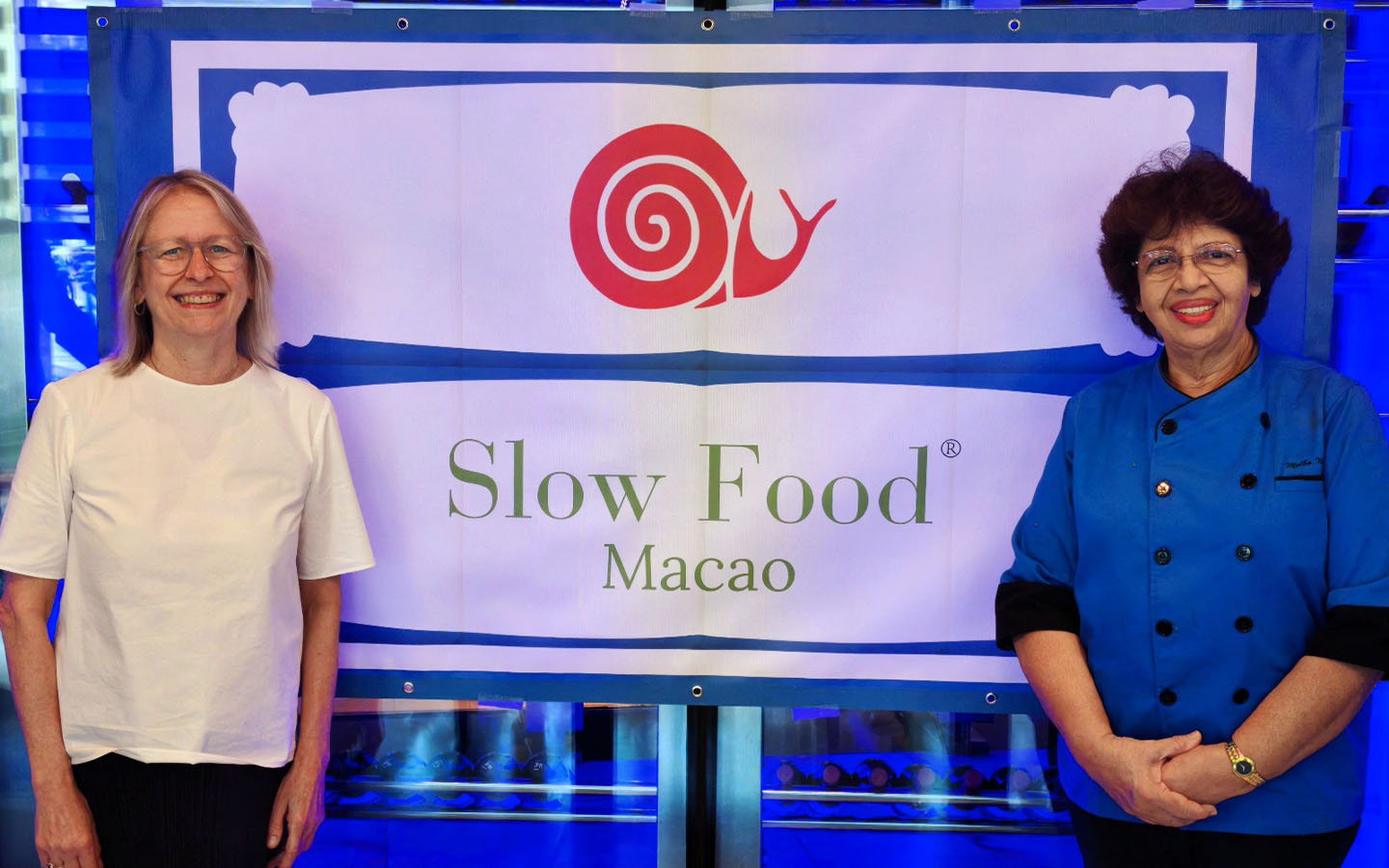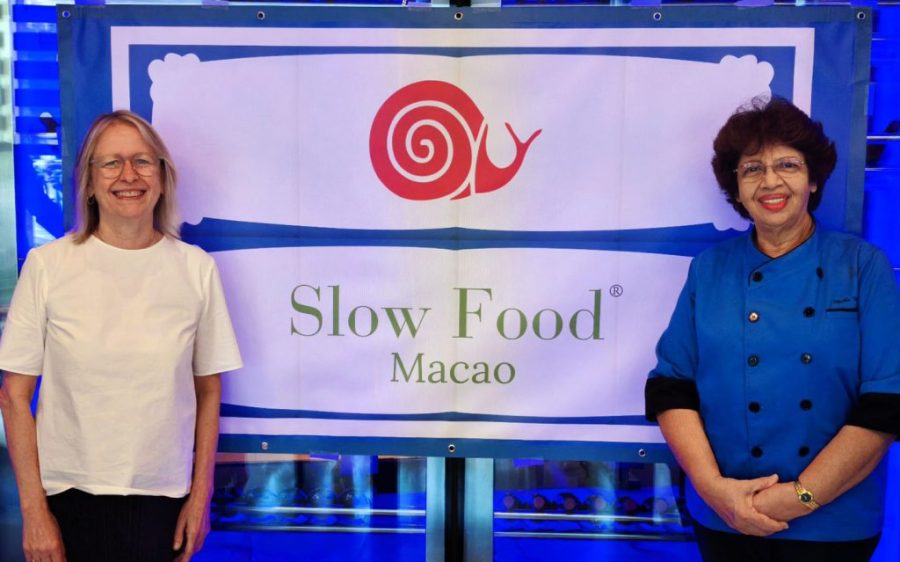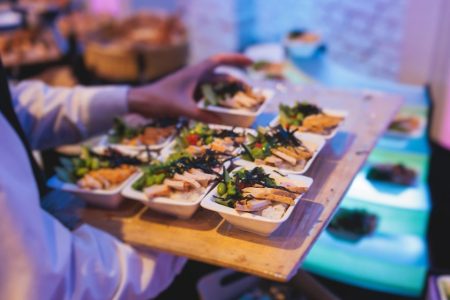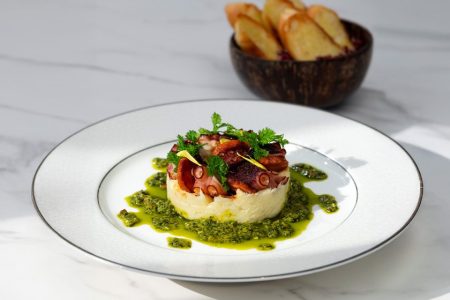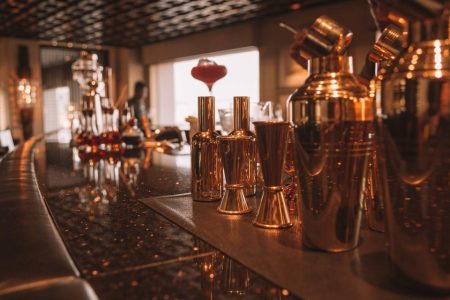As part of the Melaka Kristang and Macanese Food Promotion at UTM, which concluded on 22 September, Slow Food Macau hosted a lunch that included a discussion, moderated by author and lecturer Dr Annabel Jackson, on the genesis of Kristang food and its relationship with Macanese food. Guest of honour was chef Melba Nunis, an authority on the Kristang cooking of Malacca, and author of A Kristang Family Cookbook.
It was an appropriate event for the local chapter of Slow Food to hold, for this international movement champions local culinary traditions, and their preservation, explained Jackson, and Kristang cooking is in danger of being lost – just as papiah, the Kristang patois, has almost disappeared.
While it is a favourite cuisine among her own children and grandchildren, said Chef Melba, they themselves do not prepare it – because it is so time-consuming and many ingredients are required. There are no Kristang restaurants in Malacca (or beyond) to raise its visibility, and both the Kristang cookbooks in circulation are written by her. This is in stark contrast to the widely known Peranakan, or Nyonya-Baba cuisine, which also calls Malacca its birthplace.
The menu at UTM’s Educational Restaurant for the promotion included salada pipinhyu kung sabola, a crunchy salad of pineapple, cucumber, red onion, chili, and lime juice; inchientu karanguzu or crab meat baked with pork and turnip cooked in a crab shell; kari debal (devil curry, which is based on pork, potatoes, vinegar and onion, with a slow-cooked sambal of dried chilies, ginger, garlic and vinegar; and sago biji gula Melaka. For this classic dessert Chef Melba hand-carried the palm sugar from Malacca, for it is in its most pure from there, she said.
[See more: New places to eat and drink in Macao this September]
The Kristang (“Christian”) people are, like the Macanese, identified by their Portuguese ancestry. The Portuguese arrived in Malacca in 1511 and, as was their custom, married local women. This intermarriage caused a fusing of culinary traditions, too, and so the Kristang cuisine was born.
When the Portuguese settled in Macau nearly 50 years later, they brought with them wives and servants from Malacca, which quite likely included women of Kristang descent, and others who spoke Malay. This helps to explain not only the presence of Malay words in the Macanese patuá (patois), but the incorporation of southeast Asian elements such as tamarind, and fermented fish sauce.
While there are many similar dishes across the two cuisines, such as the Macanese diabo (“devil”) and porco balichão tamarinho (the Kristang version is called kari porku tambrinhyu), the core difference is that the majority of Macanese dishes do not include chili.
Chef Melba said she found Macanese food a little bland, as a result, but she was undoubtedly enthusiastic about her Macao experience. She loves the colonial architecture, seeing Eurasians on the street, and hearing the Portuguese language.
“It reminds me of the Portuguese side of me,” she said. “Most young people are not interested in maintaining their [Kristang] heritage, but I grew up as a Kristang girl and will always be Kristang!”
